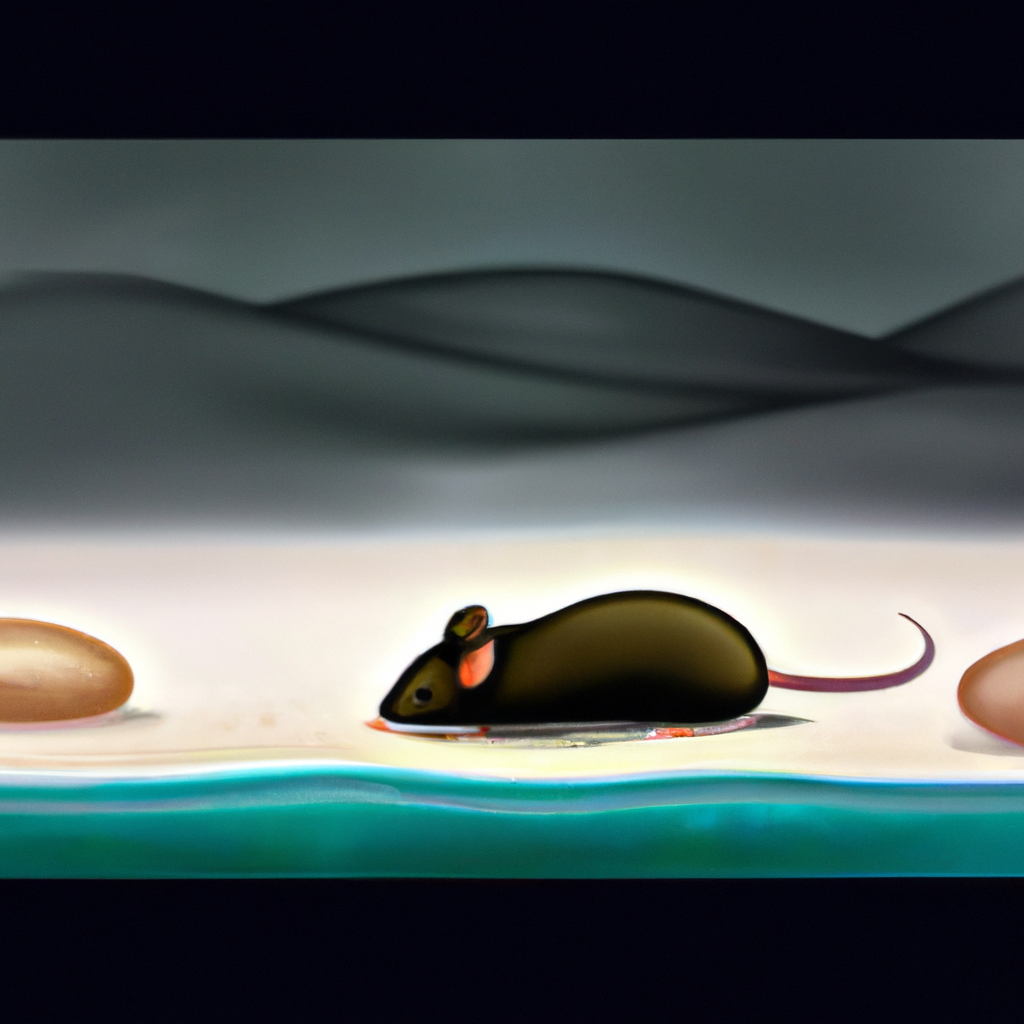-
Reading Roadmap
- Reversing Adiposity and Glucose Intolerance in Mice with Liver-Selective Mitochondrial Uncoupler
- Key Takeaways
- Introduction: A New Approach to Combat Obesity and Diabetes
- The Role of BAM15 in Reversing Adiposity and Glucose Intolerance
- Implications for Human Health
- FAQ Section
- What is BAM15?
- How does BAM15 work?
- Can BAM15 be used to treat obesity and diabetes in humans?
- Are there any side effects of BAM15?
- What are the next steps in this research?
- Conclusion: A Promising Step Forward in the Fight Against Obesity and Diabetes
- Further Analysis
- Key Takeaways Revisited
Reversing Adiposity and Glucose Intolerance in Mice with Liver-Selective Mitochondrial Uncoupler

[youtubomatic_search]
Key Takeaways
- Adiposity and glucose intolerance, precursors to obesity and diabetes, can be reversed in mice using a liver-selective mitochondrial uncoupler.
- The uncoupler, known as BAM15, promotes weight loss and improves glucose tolerance without adverse side effects.
- BAM15 works by increasing energy expenditure in the liver, reducing fat accumulation and improving insulin sensitivity.
- This research could pave the way for new treatments for obesity and diabetes in humans.
- Further studies are needed to determine the long-term effects and potential applications of BAM15 in humans.
Introduction: A New Approach to Combat Obesity and Diabetes
Obesity and diabetes are two of the most prevalent health issues worldwide. Traditional treatments often focus on lifestyle changes and medication to control symptoms. However, recent research has explored the potential of a liver-selective mitochondrial uncoupler, BAM15, to reverse adiposity and glucose intolerance in mice. This groundbreaking study could revolutionize the way we approach the treatment of these conditions.
The Role of BAM15 in Reversing Adiposity and Glucose Intolerance
BAM15 is a mitochondrial uncoupler that selectively targets the liver. It works by increasing energy expenditure, which in turn reduces fat accumulation and improves insulin sensitivity. In a study published in the journal “Cell Reports,” researchers found that BAM15 could effectively reverse adiposity and glucose intolerance in mice without causing any adverse side effects.
According to the study’s lead author, Dr. Kyle Hoehn, “BAM15 makes the liver burn more fat, leaving less to be stored around the body and reducing the risk of insulin resistance.” This is a significant breakthrough, as it suggests that BAM15 could potentially be used to treat obesity and diabetes in humans.
Implications for Human Health
While the research is still in its early stages, the implications for human health are promising. Obesity and diabetes are major health crises, affecting millions of people worldwide. Current treatments often involve lifestyle changes and medication, which can be difficult to maintain and may have side effects. The use of BAM15 could provide a more effective and sustainable solution.
However, it’s important to note that further research is needed to determine the long-term effects and potential applications of BAM15 in humans. As Dr. Hoehn cautions, “While our results are promising, we still need to conduct more studies to understand how BAM15 works and whether it’s safe for long-term use.”
FAQ Section
What is BAM15?
BAM15 is a liver-selective mitochondrial uncoupler that increases energy expenditure, reduces fat accumulation, and improves insulin sensitivity.
How does BAM15 work?
BAM15 works by making the liver burn more fat, which reduces the amount of fat stored around the body and improves insulin sensitivity.
Can BAM15 be used to treat obesity and diabetes in humans?
While the research is promising, further studies are needed to determine the long-term effects and potential applications of BAM15 in humans.
Are there any side effects of BAM15?
In the study conducted on mice, no adverse side effects were observed. However, more research is needed to determine if this is also the case in humans.
What are the next steps in this research?
The next steps involve conducting more studies to understand how BAM15 works and whether it’s safe for long-term use in humans.
Conclusion: A Promising Step Forward in the Fight Against Obesity and Diabetes
The research on BAM15 represents a promising step forward in the fight against obesity and diabetes. By reversing adiposity and glucose intolerance in mice, this liver-selective mitochondrial uncoupler could potentially provide a new approach to treating these conditions in humans. However, as with any new treatment, further research is needed to fully understand its effects and potential applications.
[youtubomatic_search]
Further Analysis
While the results of this study are promising, it’s important to remember that the research is still in its early stages. The use of BAM15 in humans is still a long way off, and there are many questions that need to be answered. However, this research represents a significant step forward in our understanding of obesity and diabetes, and could pave the way for new treatments in the future.
Key Takeaways Revisited
- BAM15, a liver-selective mitochondrial uncoupler, can reverse adiposity and glucose intolerance in mice.
- This research could potentially lead to new treatments for obesity and diabetes in humans.
- Further studies are needed to understand the long-term effects and potential applications of BAM15.

Leave a Reply